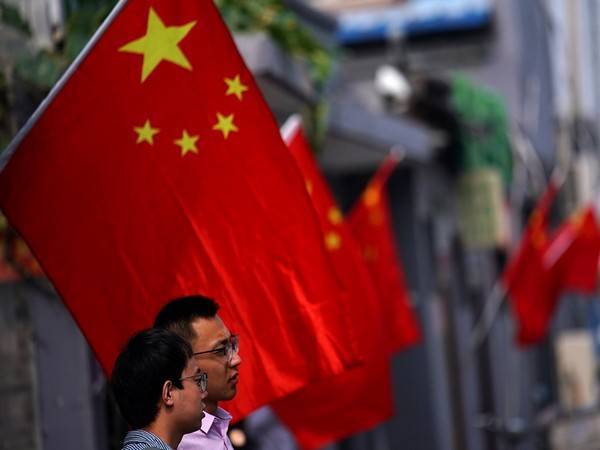China recorded a birthrate of 0.752 per cent and a death rate of 0.718 per cent, resulting in a natural growth rate of 0.034 per cent…reports Asian Lite News
China’s population crisis is even worse than the official data provided by Beijing, according to a Chinese expert.
China’s population of the 10 provincial-level regions have fallen in 2021, according to data released by the statistics authorities. In the world’s most populous country, the growth rate of the population in China sank to another low in 2021.
“The official new birth figures are not accurate. Actually, the gap between the birthrate and death rate is closing up, and you have such a narrow margin between the two. The [official] natural growth rate is not real. This is basically for propaganda,” Kent Deng, a professor of economic history at the London School of Economics and Political Science.
China recorded a birthrate of 0.752 per cent and a death rate of 0.718 per cent, resulting in a natural growth rate of 0.034 per cent, according to the National Bureau of Statistics. In 2020, the natural growth rate was 0.145 per cent, as per Nikkei Asia.
Kent Deng also said that any change that weakens the People’s Liberation Army, including the decline in population, will weaken the Communist Party’s rule in the People’s Republic of China (PRC).
“In the PRC point of view, the party means the army to safeguard China’s national sovereignty. Army is also used to maintain China’s tranquility or stability internally. Anything that weakens the army will weaken automatically the party rule. Who rules China? I will say not the party, but army rules China,” he said.
China’s population reached 1.41 billion as of the end of 2021, up by 480,000 from the previous year, according to the National Bureau of Statistics (NBS).
Notably, the continuous decline in the number of marriage registrations in China has led to a decline in birth rates, as per reports, which added that it will eventually lead to the world’s second-largest economy’s demographic issue.
Last year, the number of marriages in China fell to a 36-year low, exacerbating the world’s second-largest economy’s demographic issue. As per the data, analysts predict this will contribute to the country’s dropping birth rate.
Last year, Beijing issued a new Population and Family Planning Law that allows Chinese couples to have three children, ostensibly responding to couples’ unwillingness to have additional children due to rising costs.

The decision to allow the third child was implemented after the once-in-a-decade census in 2020 showed that China’s population expanded at the slowest rate in history, reaching 1.412 billion people.
According to census data, China’s demographic issue is predicted to worsen as the over 60 years old increased by 18.7 per cent to 264 million people.
China’s overall population has grown 5.8 per cent since 2000, from 1.27 billion to 1.34 billion, compared to a pace of 11.7 per cent, nearly twice, during the 1990 and 2000 censuses (Hvistendahl, 2011), The Singapore Post had reported. (ANI)

